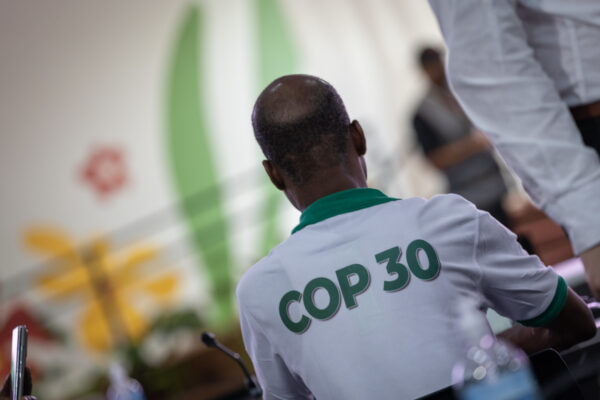Scientists caution no guarantees when it comes to overshooting 1.5°C
New paper published in Nature analyses future scenarios in which we temporarily exceed 1.5°C and bring temperatures back down in the long run. It finds overshoot comes with irreversible consequences and rapid near-term emissions reductions are essential to reducing climate risks.
Share

New paper published in Nature from 30 scientists analyses future scenarios in which we temporarily exceed 1.5°C and bring temperatures back down in the long run.
- The authors stress that such an overshoot comes with irreversible consequences and rapid near-term emissions reductions are essential to reducing climate risks
- Bringing temperatures down again will limit long-term damages from impacts like sea level rise
- Environmentally sustainable carbon removal capacity is needed to hedge against the climate system warming more than expected
Even if it is possible to reverse the rise of global temperatures after a temporary overshoot of 1.5°C, some climate damages triggered at peak warming, including rising sea levels, will be irreversible, according to a new study published today in Nature.
The study is the culmination of a three-and-a-half-year project, backed by the European innovation fund HORIZON2020, looking at so-called ‘overshoot’ scenarios, where temperatures temporarily exceed the Paris Agreement’s 1.5°C limit, before descending again by achieving net-negative CO2 emissions.
“This paper does away with any notion that overshoot would deliver a similar climate outcome to a future in which we had done more, earlier, to ensure to limit peak warming to 1.5°C,” commented Dr Carl-Friedrich Schleussner, head of integrated climate impacts group at the International Institute of Applied Systems Analysis and scientific advisor at Climate Analytics, who led the study.
“Only by doing much more in this critical decade to bring emissions down and peak temperatures as low as possible, can we effectively limit damages,” Schleussner said.
It matters how high and for how long we let temperatures rise
The paper highlights that if we were to exceed 1.5°C there are clear benefits to reversing warming by acting to achieve net negative emissions globally. Achieving long-term temperature decline could lower sea level rise in 2300 by about 40cm compared to a situation in which temperatures merely stopped rising.
“Until we get to net zero, warming will continue. The earlier we can get to net zero, the lower peak warming will be, and the smaller the risks of irreversible impacts,” commented co-author Prof. Joeri Rogelj, professor of climate science and policy and director of research at the Grantham Institute at Imperial College London.
“This underscores the importance of countries submitting ambitious new reduction pledges, or so-called ‘NDCs’, well ahead of next year’s climate summit in Brazil,” Rogelj said.
Full carbon dioxide removal capacity needed to hedge against higher warming
The study emphasises that while there are still pathways open to limiting warming to 1.5°C or lower in the long run, there is a need to ‘hedge’ against higher warming outcomes if the climate system warms more than median estimates. To do this, ambitious emissions reductions need to go hand in hand with scaled and environmentally sustainable carbon dioxide removal technologies. A ‘preventive capacity’ of several hundred gigatonnes of net removals might be required.
“There’s no way to rule out the need for large amounts of net negative emissions capabilities, so we really need to minimise our residual emissions. We cannot squander carbon dioxide removal on offsetting emissions we have the ability to avoid,” commented Gaurav Ganti, research analyst at Climate Analytics and another author on the study.
“Our work reinforces the urgency of governments acting to reduce our emissions now, and not later down the line. The race to net zero needs to be seen for what it is – a sprint,” Dr Schleussner concluded.











